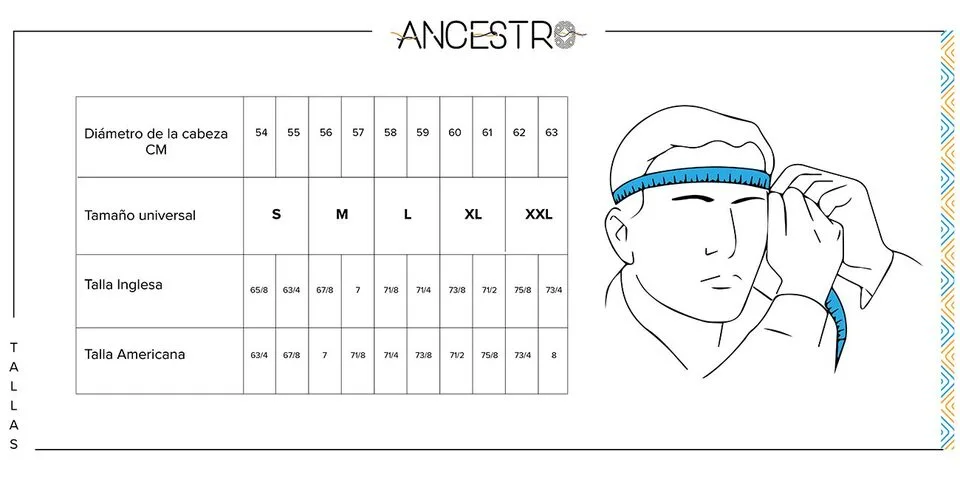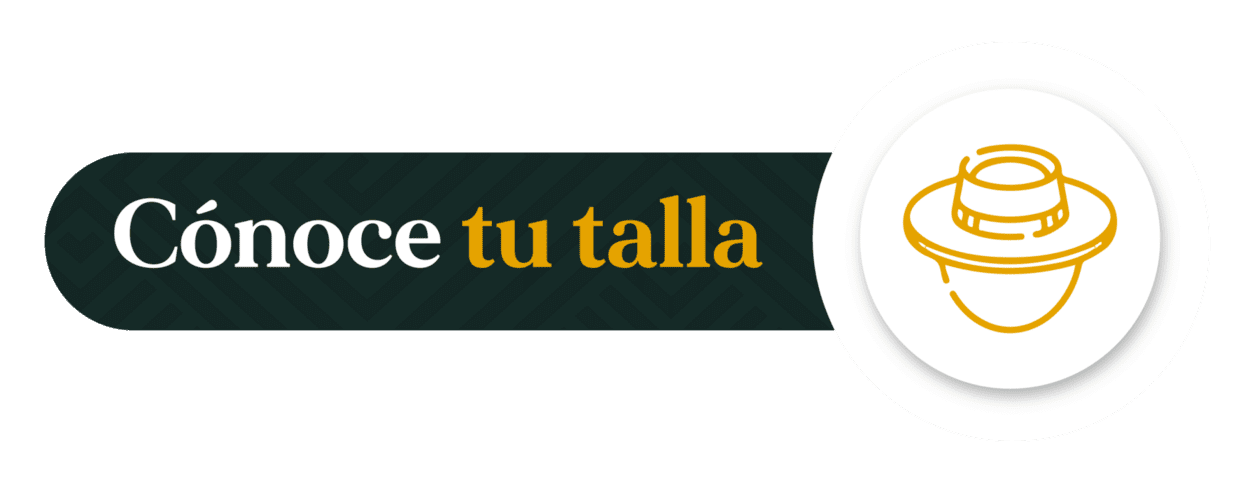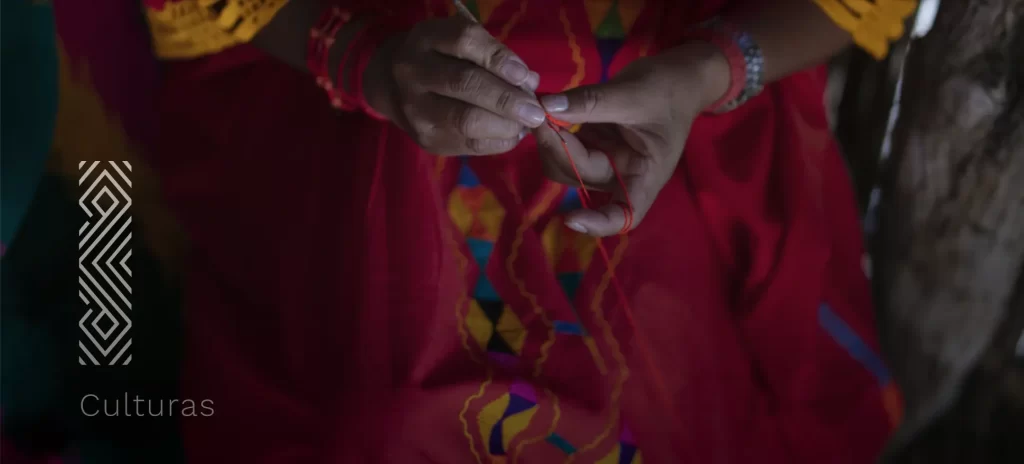
Guajira - Colombia
![]()
La Guajira peninsula is one of the most beautiful places in Colombia, its beaches, the color of the sea contrasting with the yellow sand, a natural reserve, an oasis in the middle of the desert and of course the indigenous Wayúu are part of this splendid place, full of landscapes that will satisfy your eyes with its beauty.
Abused in its culture and with many needs, such as drinking water, La Guajira is one of the magical places that is worth visiting in Colombia, on a trip without many pretensions, to sleep in a hammock under the stars, while you are lulled by the Caribbean breeze enjoying a natural paradise difficult to find in the world.
Its inhabitants, mostly indigenous Wayúu, are part of the beautiful landscape throughout the entire journey of the peninsula. Its most important tradition is yarn weaving, with which women daily weave backpacks and hammocks that are sold in many parts of the world, where they are unaware of their reality. It is a beautiful community with a lot of mythological content, with much to teach us as a culture from the beauty of its fabrics, whose meanings enhance the virtues, qualities, beauty, and culture of the Wayúu woman.

Sierra nevada, Palomino- Colombia

Literally tucked in the mountainous areas of northern Colombia live the indigenous Arhuacos, who share territory with Koguis and Wiwas tribes. They are deeply spiritual and believe that their natural and social environment should not be more than one, in its natural development.
The different heights of the mountain allow them to grow different types of crops for their consumption and to be marketed in the lower part of the mountain.
One of their ancestral customs is hand-weaving with sheep’s wool, reflecting in them their natural environment and the integration of this with themselves, starting with meanings intertwined with the matrix of the Arhuaca woman. A culture with much to discover and with much to deliver.
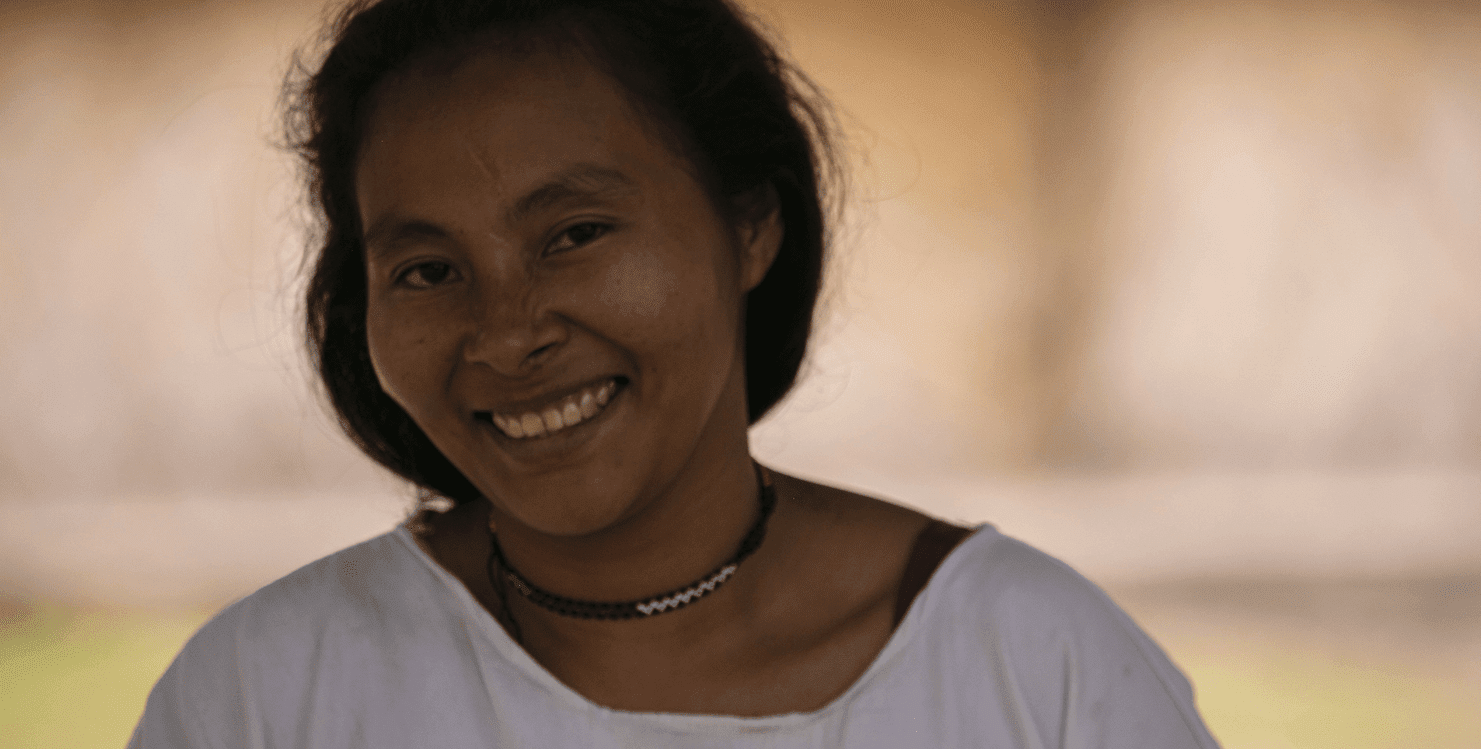
Valle de Sibundoy, Putumayo - Colombia

Suddenly you come across the Sibundoy Valley in Putumayo, Colombia. A special place, for its natural environment, for its inhabitants and for the lungs that contracts and expand in its beautiful mountains. A place where the dogs (all chubby) are part of the town and the Jaguar from his home guards over the mountain.
The home of the Inga and Kamsá communities got mixed when the Ingas arrived and conquered the land of the Kamentzá. The Ingas being a more developed people created a situation where they conquered the people that for decades had inhabited the Sibundoy Valley region, the Kamentzá people. During this Inga conquest, the Spanish arrived, conquering both peoples and establishing themselves religiously, culturally, and politically in the indigenous territory.
Today the Sibundoy Valley is made up of three towns, Santiago, Colón and Sibundoy, where these two cultures are settled, Inga and Kamsá having as an ancestral tradition the weaving in thread and beads, being weaving in beads one tradition brought from ancient celebrations, where they made woven necklaces with small gold nuggets to be used by some of them.
In the meanings of their fabrics (all sent by them), their beautiful surroundings, traditions, medicines, and dreams are reflected. It is amazing to see what they do with their plant-based medicine, and how it is part of a society that takes care of itself without much pretense, with what they know and have always seen.
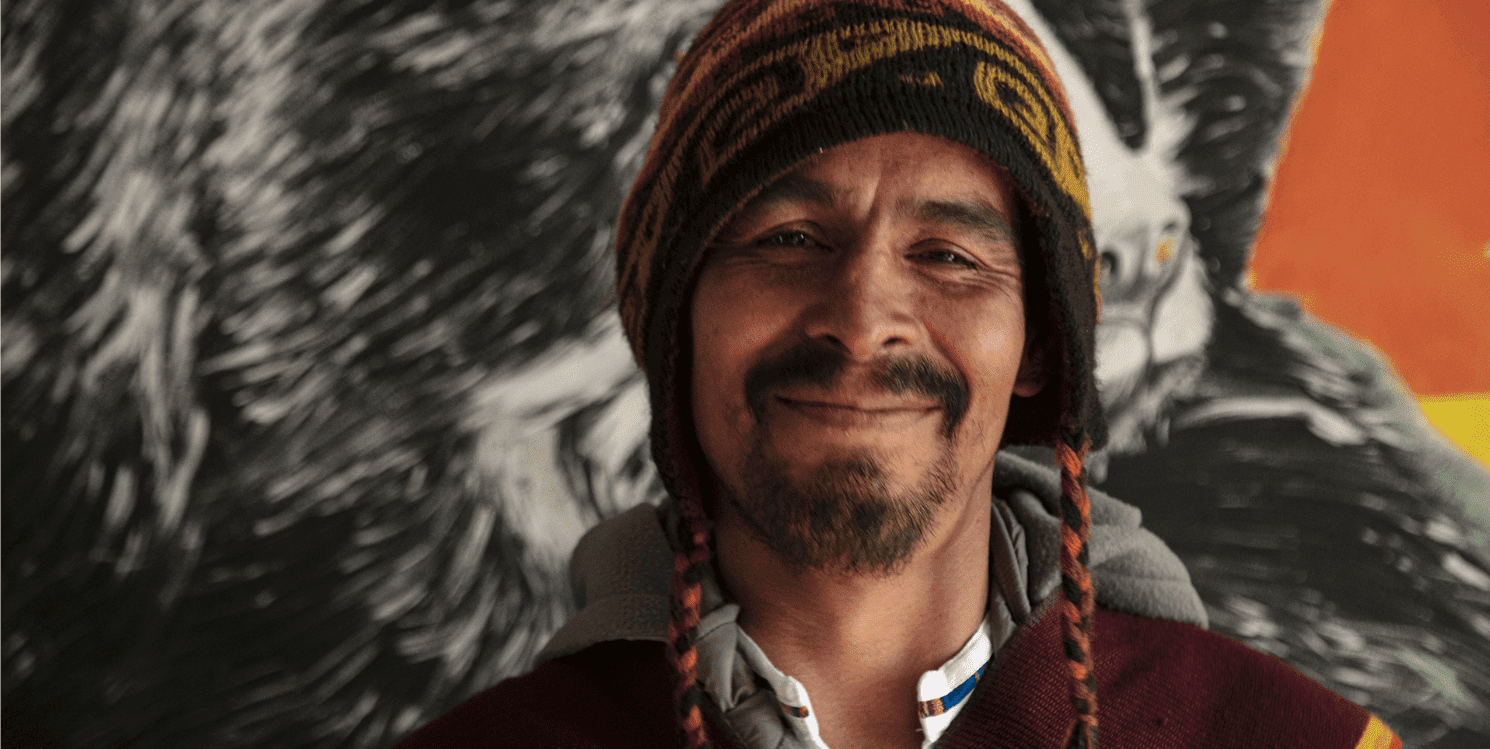
Municipio de Silvia, Cauca - Colombia

Misak, more commonly known as "people of the water."
The Misak or Guambiano people, as they are also known, are concentrated in the central mountain range in the department of Cauca, Colombia. They share territory with the Nasas o Paeces.
They primarily inhabit the municipality of Silvia and live within reserves located around the urban areas of these municipalities. Within the reserves, each family has their own plot of land where they can build their homes.
El resguardo Guambía es uno de los de mayor población y uno de los más tradicionales, allí la práctica de las costumbres propias y el uso de la lengua Nam trik (Significa según sus mayores, la voz surgida desde las aguas, desde el nacimiento para prolongar vida y coexistir con la madre; la palabra no es de imposición, sino que, es de respeto y de escucha). Son conocedores de botánica y plantas medicinales, expertos tejedores y agricultores.
Los Misak conservan prácticas tradicionales en la elaboración de distintos tejidos, cada familia posee un telar que es usado usualmente por la mujer. Las formas y símbolos que se encuentran en los tejidos representan la naturaleza y el mundo que los rodea.


